Dia 6 De Julho De 2016, Três Novos Tripulantes Serão Lançados Rumo A Estação Espacial Internacional
Dia 6 de Julho de 2016, três novos tripulantes serão lançados rumo a Estação Espacial Internacional para cumprir o turno das Expedições 48 e 49.
Os tripulantes são, a astronauta da NASA Kate Rubins, o cosmonauta da ROSCOSMOS, Anatoly Ivanishin e o astronauta da JAXA Takuya Onishi.
O lançamento acontecerá no dia 6 de Julho de 2016, às 22:36 hora de Brasília, direto do Cosmódromo de Baikonur no Cazaquistão.
Os três passarão aproximadamente 4 meses no espaço, e devem retornar para a Terra em Outubro de 2016.
Os tripulantes irão viajar numa nave Soyuz inteiramente nova, um modelo atualizado das antigas Soyuz, e devido a isso, irão cumprir 34 órbitas ao redor da Terra, durante dois dias, antes de se acoplarem à ISS, acoplagem essa que está programada para acontecer no Sábado, dia 9 de Julho de 2016, às 01:12, hora de Brasília.
As escotilhas serão abertas às 3:50 do Sábado, dia 9 de Julho, hora de Brasília, quando os recém chegados serão saudados pelo comandante da Expedição 48, o astronauta Jeff Willims da NASA e pelos Engenheiros de Voo da ROSCOSMOS, Oleg Skripochka e Alexey Ovchnin.
Os seis tripulantes da ISS darão continuidade as centenas de experimentos em biologia, biotecnologia, ciências físicas e ciências da Terra, que estão atualmente em curso dentro do módulo orbital.
No dia 3 de Julho de 2016, a nave Soyuz MS-01 foi montada no topo do foguete, e no dia 4 de Julho de 2016, todo o conjunto foi levado até a base de lançamento para os preparativos finais antes do lançamento.
Foquem ligados no canal e nas redes sociais do Space Today para acompanhar como será o lançamento dessa nova nave Soyuz.
(via https://www.youtube.com/watch?v=uHpMeJ9TBTc)
More Posts from Carlosalberthreis and Others

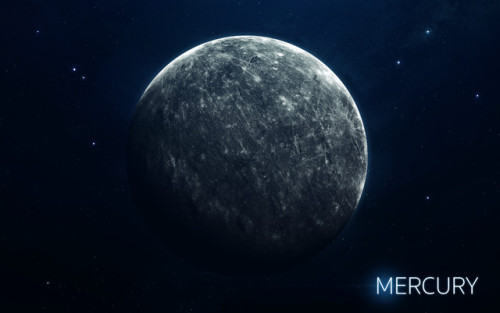
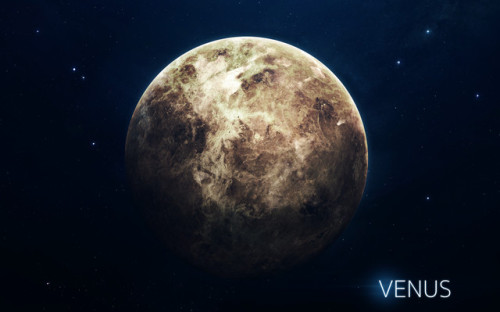
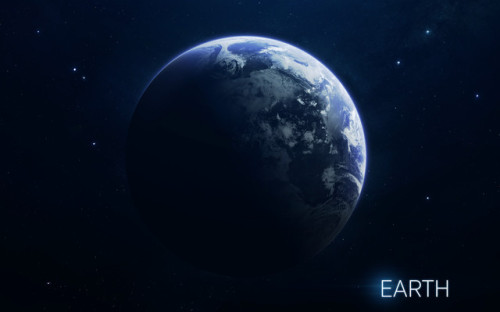
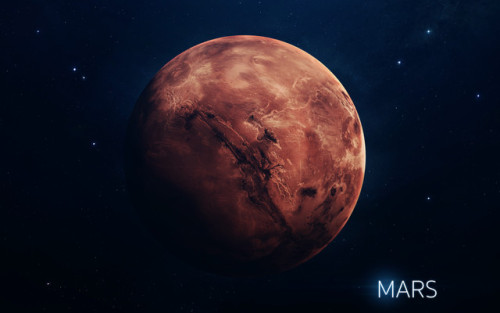
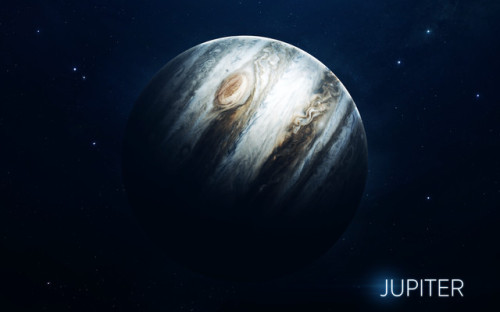

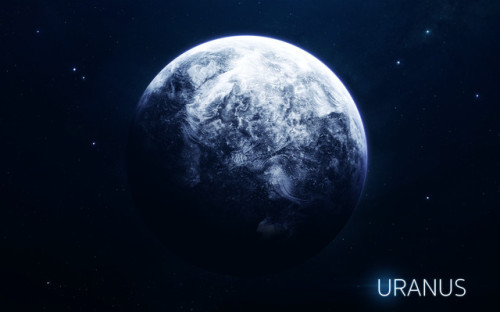
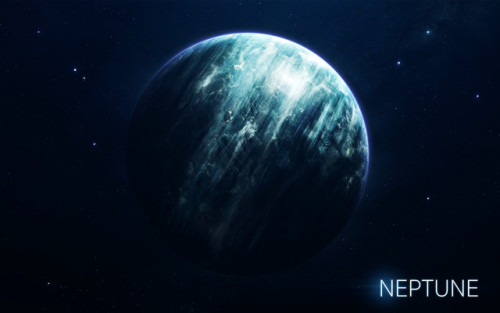
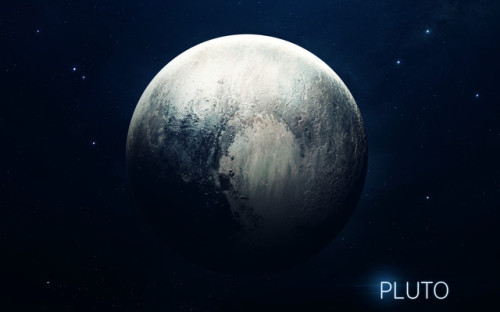
Berries - Vadim Sadovski

O absurdo do Brasil…ah é mesmo, tem o legado da copa e nem se compara com as descobertas da New Horizons.
What’s Up for June 2017?
Have a planet party and compare Saturn and Jupiter! We’ll show you where and when to point your telescope or binoculars to see these planets and their largest moons.

Meet at midnight to have a planetary party when Jupiter and Saturn are visible at the same time!

The best time will be after midnight on June 17. To see the best details, you’ll need a telescope.

Saturn will be at opposition on June 14, when Saturn, the Earth and the sun are in a straight line.

Opposition provides the best views of Saturn and several of its brightest moons. At the very least, you should be able to see Saturn’s moon Titan, which is larger and brighter than Earth’s moon.

As mentioned earlier, you’ll be able to see Jupiter and Saturn in the night sky this month. Through a telescope, you’ll be able to see the cloud bands on both planets. Saturn’s cloud bands are fainter than those on Jupiter.

You’ll also have a great view of Saturn’s Cassini Division, discovered by astronomer Giovanni Cassini in 1675, namesake of our Cassini spacecraft.

Our Cassini spacecraft has been orbiting the planet since 2004 and is on a trajectory that will ultimately plunge it into Saturn’s atmosphere on September 15, 2017, bringing the mission to a close.

Our Juno spacecraft recently completed its sixth Jupiter flyby. Using only binoculars you can observe Jupiter’s 4 Galilean moons - Io, Callisto, Ganymede and Europa.

To learn about What’s Up in the skies for June 2017, watch the full video:
For more astronomy events, check out NASA’s Night Sky Network at https://nightsky.jpl.nasa.gov/.
Make sure to follow us on Tumblr for your regular dose of space: http://nasa.tumblr.com

É hoje pessoal! 🤩
🔭 Logo mais às 4:30 da manhã vai ocorrer a "super" conjunção entre todos os planetas do sistema solar.
✨ Dos planetas visíveis a olho nu em ordem ascendente, são: Mercúrio, Vênus, Marte, Júpiter e Saturno.
✨ Dos planetas que não estão visíveis, mas que estão acompanhando, são: Urano e Netuno.
📷 Créditos da Imagem: https://m.facebook.com/story.php?story_fbid=pfbid09eF4zUQy47zDfGrguVwDEny8vut32ZphgyifThgejTEoujRK7G8iwNHoMQxh1LKbl&id=213098328862069

Essa sequência de mapas mostra a variação na temperatura da superfície da lua Titã de Saturno, num intervalo de dois anos, de 2004 a 2006. As medidas foram feitas com o instrumento Composite Infrared Spectrometer (CIRS) da sonda Cassini da NASA.
Os mapas mostram a radiação térmica infravermelha, o calor, vindo da superfície de Titã, no comprimento de onda de 19 mícron, uma janela espectral onde a atmosfera opaca da lua é na sua maior parte transparente. As temperaturas têm sido calculadas como a média para todo o globo de leste para oeste, para enfatizar as varrições sazonais na latitude. Regiões em preto nos mapas são áreas onde não se obteve dados.
As temperaturas na superfície de Titã mudam vagarosamente no decorrer das longas estações, que duram cerca de sete anos e meio. Como na Terra, a quantidade de luz do Sol recebida em qualquer latitude varia à medida que a iluminação do Sol se move para o norte ou para o sul no decorrer do ano de Saturno que dura 30 anos.
Quando a Cassini chegou em Saturno em 2004, o hemisfério sul de Titã estava no meio do verão e então era a região mais quente. Pouco depois do equinócio de 2009, em 2010, as temperaturas eram simétricas nos hemisférios norte e sul, reproduzindo o que a sonda Voyager 1 em 1980 (1 ano de Titã antes). As temperaturas na sequência esfriaram no sul e subiram no norte, à medida que o inverno no sul se aproximava.
Enquanto que a tendência geral de variação de temperatura é claramente evidente nesses mapas, existe uma faixa estreita em alguns lugares que é um artefato das observações feitas através da atmosfera de Titã. O denso envelope de névoa adiciona um ruído e torna as medidas difíceis.
A animação mostrada abaixo mostra um modelo simplificado da variação da temperatura durante os anos. As faixas de latitude têm sido suavizadas para mostrar mais claramente como a temperatura de pico de Titã se move de 19 graus sul para 16 graus norte entre 2004 e 2016. O pequeno globo na parte superior direita mostra uma visão de Titã como visto da direção do Sol. A latitude em Titã quando o Sol está a pino, é indicado pela estrela amarela.
Embora se mova em latitude, a medida máxima de temperatura em Titã permanece ao redor de -179.6 graus Celsius, com uma temperatura mínima no polo somente 6 graus mais baixa. Esse é um contraste muito menor do que o existente, por exemplo, na Terra onde as temperaturas variam de mais de 100 graus Celsius entre a mais fria e a mais quente.
Esses mapas de temperatura da superfície de Titã são visualizações das medidas que foram publicadas na revista Astrophysical Journal Letters.
Fonte:
http://astronomynow.com/2016/02/23/taking-titans-temperature-2004-2016/
2GP�R�"zV'8

Em Sintonia com a Natureza
🌿 No VERDE da VIDA. Onde toda a biodiversidade conhecida e catalogada pela ciência dependem de organismos fotossintetizantes, no qual possuem a molécula clorofila, que é responsável em produzir a matéria orgânica que nutre, direta ou indiretamente os seres vivos e garantindo, assim, a manutenção da vida no planeta Terra.
🌎 No AZUL da PROTEÇÃO. Onde a atmosfera é a fina camada gasosa que protege o planeta ao absorver e bloquear a propagação das radiações nocivas para o desenvolvimento da vida, e impede que tenha temperaturas extremas entre o dia e a noite, no qual permite manter a temperatura suficiente para a manutenção da vida.
📸 Créditos da imagem: Maria Gabriela Reis
📅 Data de registro: 12 de Outubro de 2018 às 15:24
📚 Créditos do texto:
[1] Revista Desenvolvida pela Divisão de Atividades Educacionais do Observatório Nacional sobre Atmosfera.
[2] PAULINO, Wilson Roberto: Biologia, Volume 2: Seres Vivos / Fisiologia. 1. ed. São Paulo: Ática, 2005.
What’s Up - February 2018
What’s Up For February?

This month, in honor of Valentine’s Day, we’ll focus on celestial star pairs and constellation couples.

Let’s look at some celestial pairs!

The constellations Perseus and Andromeda are easy to see high overhead this month.

According to lore, the warrior Perseus spotted a beautiful woman–Andromeda–chained to a seaside rock. After battling a sea serpent, he rescued her.

As a reward, her parents Cepheus and Cassiopeia allowed Perseus to marry Andromeda.

The great hunter Orion fell in love with seven sisters, the Pleiades, and pursued them for a long time. Eventually Zeus turned both Orion and the Pleiades into stars.

Orion is easy to find. Draw an imaginary line through his belt stars to the Pleiades, and watch him chase them across the sky forever.

A pair of star clusters is visible on February nights. The Perseus Double Cluster is high in the sky near Andromeda’s parents Cepheus and Cassiopeia.

Through binoculars you can see dozens of stars in each cluster. Actually, there are more than 300 blue-white supergiant stars in each of the clusters.

There are some colorful star pairs, some visible just by looking up and some requiring a telescope. Gemini’s twins, the brothers Pollux and Castor, are easy to see without aid.

Orion’s westernmost, or right, knee, Rigel, has a faint companion. The companion, Rigel B, is 500 times fainter than the super-giant Rigel and is visible only with a telescope.

Orion’s westernmost belt star, Mintaka, has a pretty companion. You’ll need a telescope.

Finally, the moon pairs up with the Pleiades on the 22nd and with Pollux and Castor on the 26th.
Watch the full What’s Up for February Video:
There are so many sights to see in the sky. To stay informed, subscribe to our What’s Up video series on Facebook.
Make sure to follow us on Tumblr for your regular dose of space: http://nasa.tumblr.com.
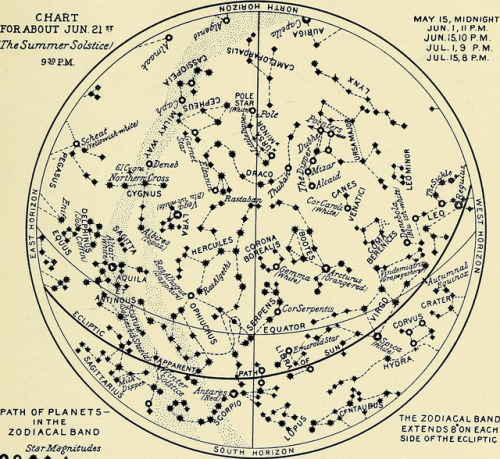
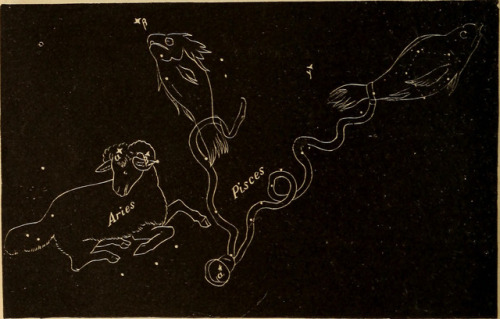
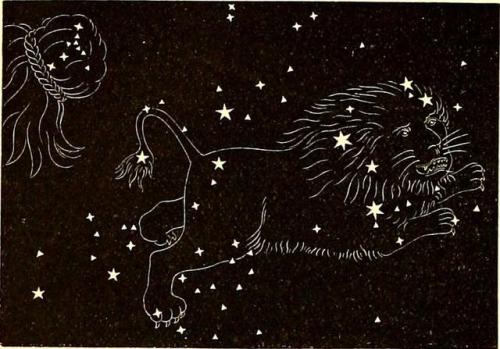
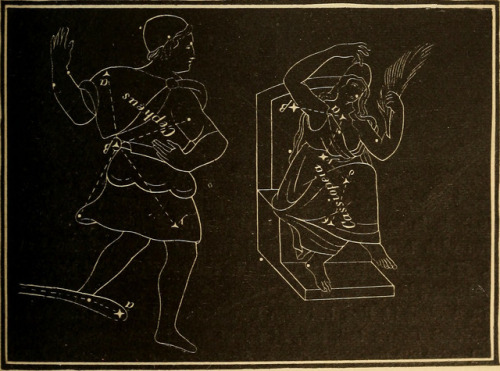
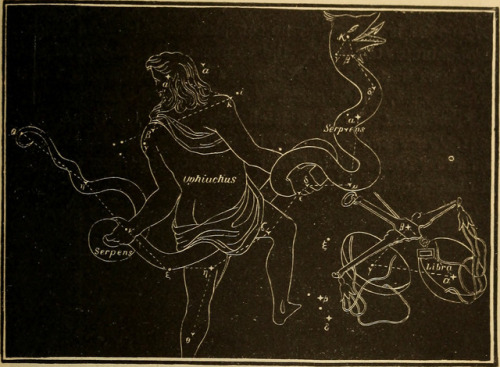
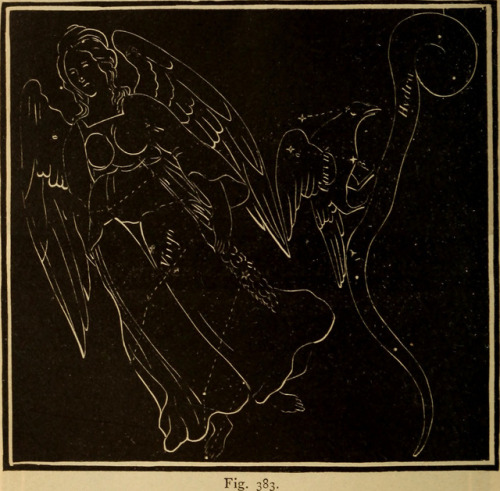
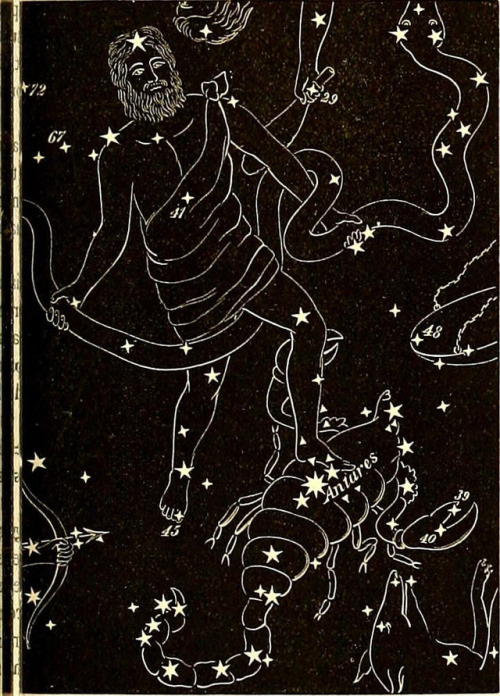
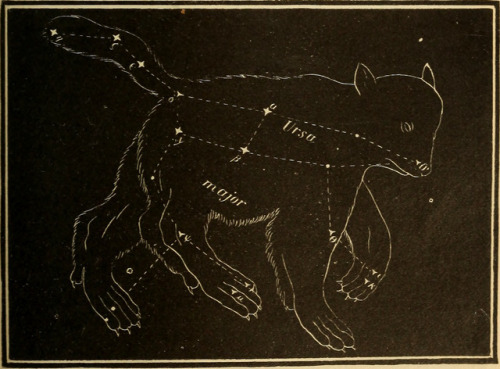
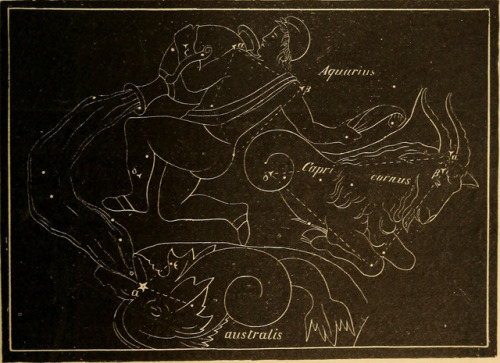
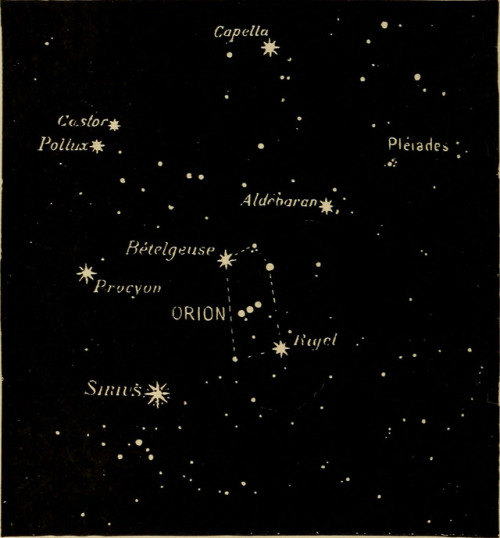
Constellations
A constellation is a group of stars that are considered to form imaginary outlines or meaningful patterns on the celestial sphere, typically representing animals, mythological people or gods, mythological creatures, or manufactured devices. The 88 modern constellations are formally defined regions of the sky together covering the entire celestial sphere.
Origins for the earliest constellations likely goes back to prehistory, whose now unknown creators collectively used them to related important stories of either their beliefs, experiences, creation or mythology. As such, different cultures and countries often adopted their own set of constellations outlines, some that persisted into the early 20th Century. Adoption of numerous constellations have significantly changed throughout the centuries. Many have varied in size or shape, while some became popular then dropped into obscurity. Others were traditionally used only by various cultures or single nations.
The Western-traditional constellations are the forty-eight Greek classical patterns, as stated in both Aratus’s work Phenomena or Ptolemy’s Almagest — though their existence probably predates these constellation names by several centuries. Newer constellations in the far southern sky were added much later during the 15th to mid-18th century, when European explorers began travelling to the southern hemisphere. Twelve important constellations are assigned to the zodiac, where the Sun, Moon, and planets all follow the ecliptic. The origins of the zodiac probably date back into prehistory, whose astrological divisions became prominent around 400BCE within Babylonian or Chaldean astronomy.
In 1928, the International Astronomical Union (IAU) ratified and recognized 88 modern constellations, with contiguous boundaries defined by right ascension and declination. Therefore, any given point in a celestial coordinate system lies in one of the modern constellations. Some astronomical naming systems give the constellation where a given celestial object is found along with a designation in order to convey an approximate idea of its location in the sky. e.g. The Flamsteed designation for bright stars consists of a number and the genitive form of the constellation name.
source
images
-
 carlosalberthreis reblogged this · 8 years ago
carlosalberthreis reblogged this · 8 years ago -
 carlosalberthreis liked this · 8 years ago
carlosalberthreis liked this · 8 years ago -
 astroimages reblogged this · 8 years ago
astroimages reblogged this · 8 years ago

